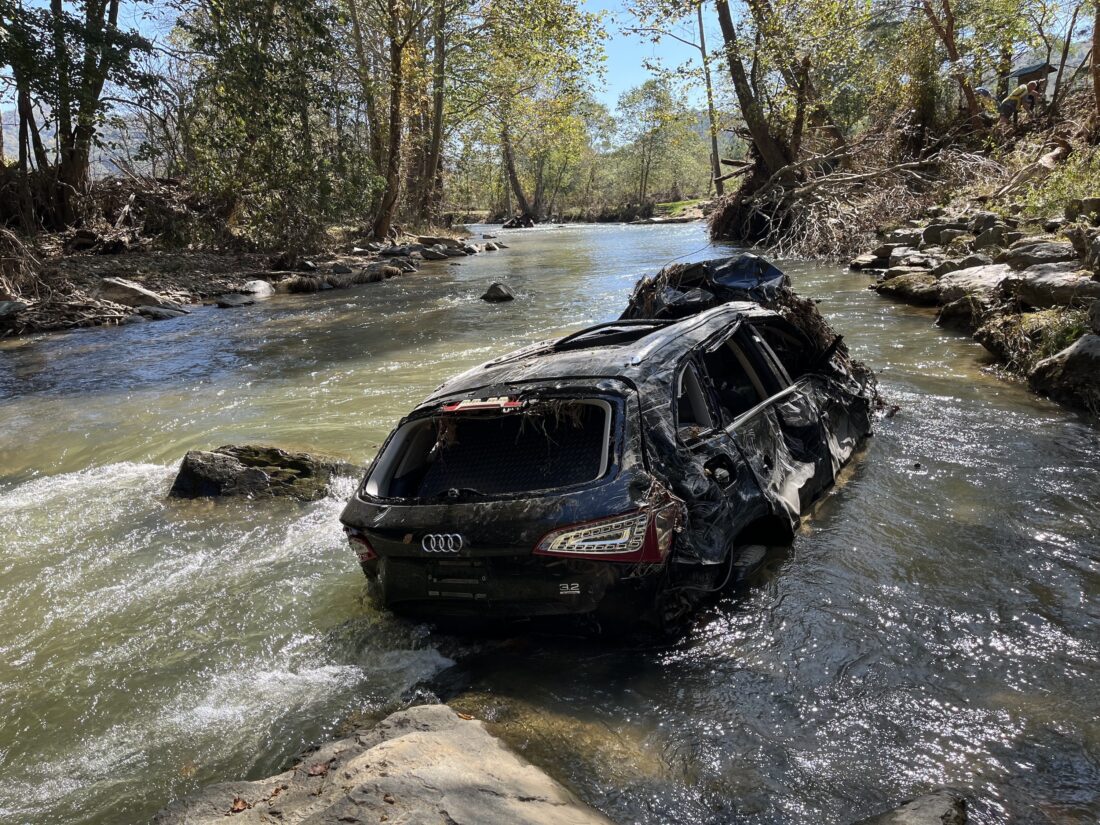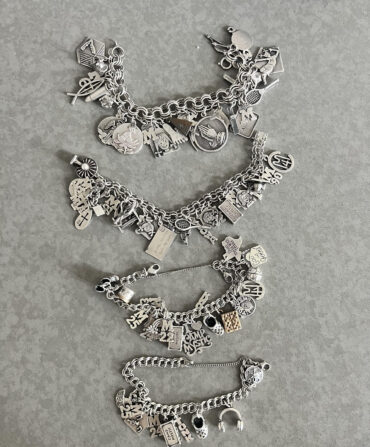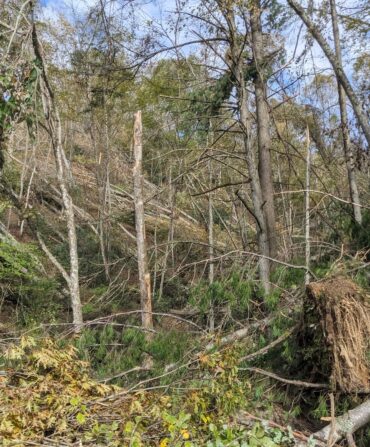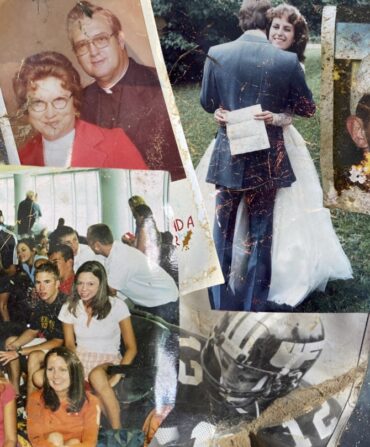The clean-up was set to start at 10:00 a.m., but by 9:45 cars were parked back to the shoulder of Broadstone Road. Eight days after Hurricane Helene had dumped as much as thirty inches of rain on parts of Western North Carolina, the waters—at least around Valle Crucis Community Park—had receded, and what was left was a vast field of wreckage. I parked my truck by the Mast General Store Annex and, along with my wife and children, climbed out.
Valle Crucis Community Park is one of those green beating hearts that pumps life through the High Country. Like much of western Watauga County it had disappeared beneath the waters of what meteorologists were calling a one-thousand-year flood. I’d written about the park previously and feared it wouldn’t fare well. But for days we had no cell service, so no news. Then service was restored and I saw a few pictures online. Like everywhere along the river, it didn’t look good. I felt it like a blow.
There was no logical reason to mourn the park more than anything or anywhere else. But losing the park—the center for so much life in these parts—felt particularly cruel. I let that sorrow, that anger roll around inside me until the call went out: On Saturday, volunteers were asked to show up with shovels and wheelbarrows. Bring gloves. Bring good cheer. It’s a community park, and we would dig it out as a community.
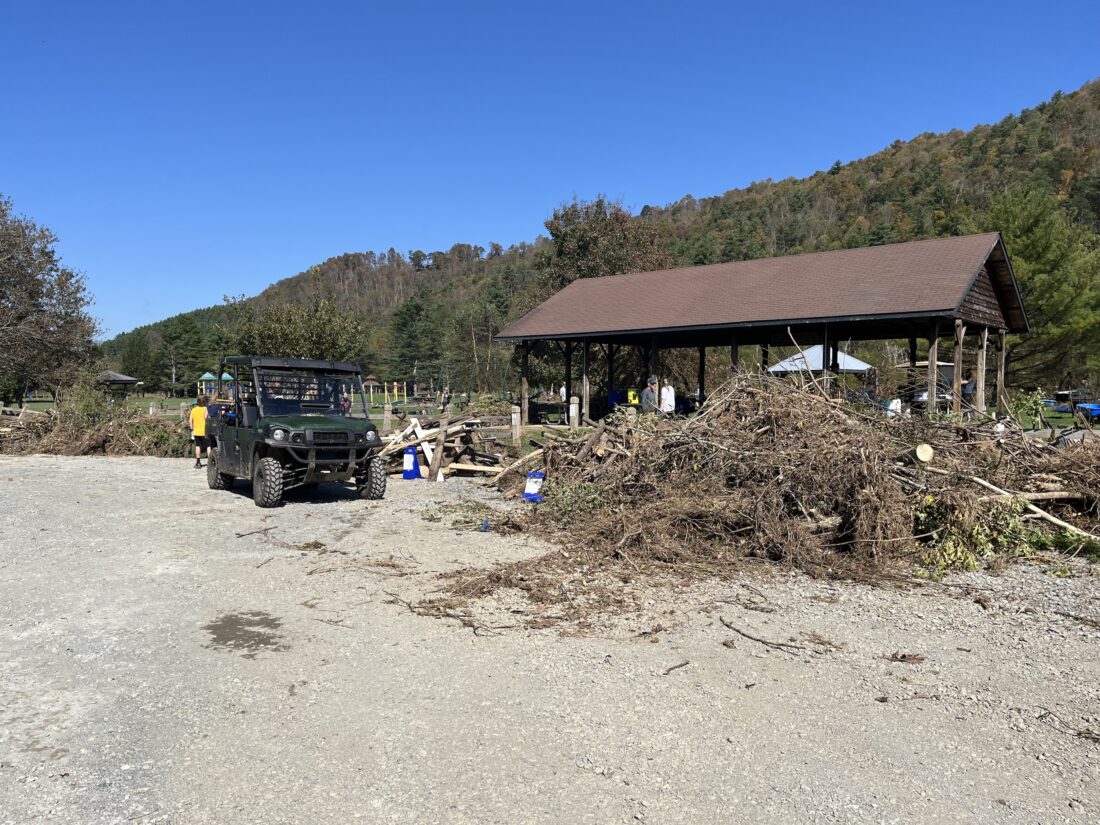
The drive over had taken longer than expected—so many washed-out roads—and we arrived to find folks already hard at work, the day thick with the sort of resolve I’ve come to associate with the whine of chainsaws. We waded into the wetlands and began to carry out propane tanks and glass bottles, Styrofoam and wooden boards that had washed down from a nearby equestrian center. The air smelled like a Lowcountry marsh and, on an unusually warm mountain day, was full of mosquitos. No one seemed to care. All morning we carried out trash and then carried lengths of downed trees. I was muddy and nasty and bug-bitten. I’ve seldom felt better.
And that was what it was about.
Today is a mental health day, Gardner Hoover, the park’s executive director, told me later that day. A day to hug people, to be around people. To come together around something we all love.
I felt it. We all did. I’d spent the last week hauling gravel and fill dirt in the bed of my truck, trying to patch our road. It was hard, necessary work, but it was work that benefited no one but my family and me.
Standing over in the shade with Gardner, I realized how different this felt. There is no consolation for great suffering; much is lost, and while some things will be restored or rebuilt, much won’t. But disaster does offer us a single grace note, the chance to be a little more generous, the opportunity to be—if only for a little while—our best selves.
I shook Gardner’s hand, grateful for his time, grateful for so many things, and began to look for my wife and children. I spotted them on the edge of the parking lot, bent over what appeared to be a massive puddle along with a half dozen other people. They’d cut Dasani water bottles in half and were scooping out tiny catfish that would be otherwise marooned. One by one, they rescued them. My friend Zack was racing down to the river with a five-gallon bucket of fish when my son called him back. He’d caught another, one more.
A cheer went up, spontaneously, beautifully. Because everyone knew, everyone felt it. How you save a fish the same way you save a community. Slowly, by hand, all of us together.


